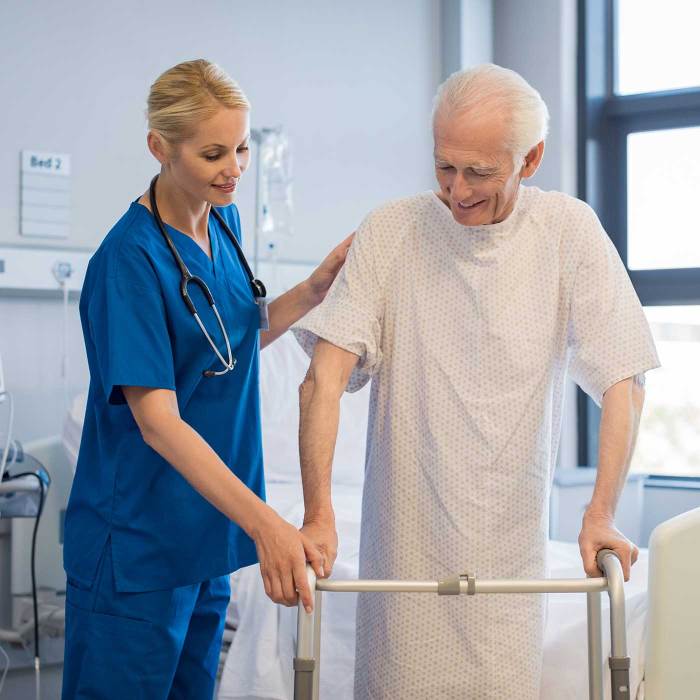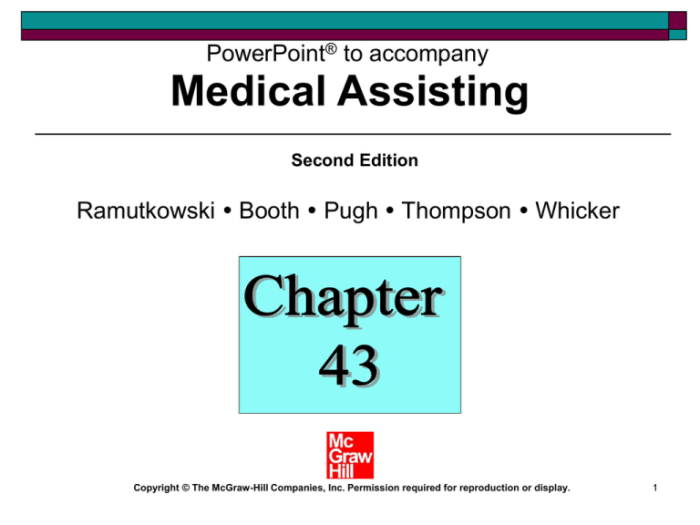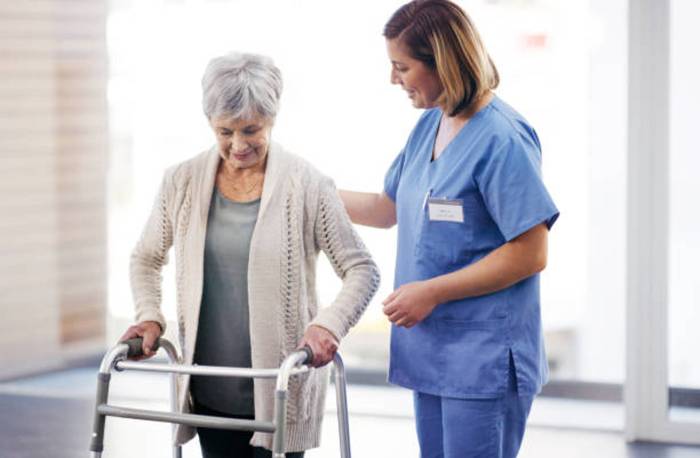Heat therapy and assisting patients with ambulation are part of a comprehensive approach to rehabilitation, offering significant benefits for individuals seeking to improve their mobility and function. Heat therapy, a therapeutic modality that utilizes heat to alleviate pain and promote healing, plays a crucial role in this process by reducing muscle spasms, improving range of motion, and enhancing circulation.
Through its physiological effects on the body, heat therapy helps to prepare muscles for movement, reduce pain, and increase flexibility. This makes it an invaluable tool for assisting patients with ambulation, as it can help them to walk more easily and comfortably.
Additionally, heat therapy can be combined with other rehabilitation modalities, such as massage, exercise, and electrical stimulation, to further enhance its effectiveness.
1. Heat Therapy
Mechanisms and Benefits

Heat therapy is a non-invasive treatment that involves the application of heat to the body. It has been used for centuries to alleviate pain, reduce inflammation, and improve mobility.
Heat therapy works by increasing blood flow to the affected area, which brings oxygen and nutrients to the tissues. This helps to reduce pain, stiffness, and muscle spasms. Heat also relaxes the muscles, which can improve range of motion.
Examples of how heat therapy can alleviate pain and improve mobility:, Heat therapy and assisting patients with ambulation are part of
- Reducing pain and stiffness in arthritic joints
- Improving range of motion in patients with muscle spasms
- Relieving pain and inflammation in patients with back pain
- Improving circulation in patients with diabetes
2. Heat Therapy in Practice
There are different methods of applying heat therapy, each with its own advantages and disadvantages.
Hot packs
Hot packs are filled with a heated gel or water and applied to the affected area. They are a convenient and portable way to apply heat therapy.
Heating pads
Heating pads are similar to hot packs, but they are usually larger and can be used to treat larger areas of the body. They are also more expensive than hot packs.
Infrared therapy
Infrared therapy uses infrared light to heat the body. This type of heat therapy is often used to treat deep-seated pain and inflammation.
3. Heat Therapy Protocols
The recommended heat therapy protocol will vary depending on the patient’s condition and the type of heat therapy being used. The following table provides general guidelines for heat therapy protocols:
| Condition | Temperature | Duration | Frequency | Precautions |
|---|---|---|---|---|
| Acute pain | 104-108°F (40-42°C) | 15-20 minutes | 2-3 times per day | Avoid applying heat to open wounds or skin infections. |
| Chronic pain | 95-100°F (35-38°C) | 20-30 minutes | 1-2 times per day | Avoid applying heat to areas with poor circulation. |
| Muscle spasms | 108-112°F (42-44°C) | 10-15 minutes | 2-3 times per day | Avoid applying heat to areas with nerve damage. |
4. Patient Education and Compliance

Patient education is essential for ensuring that heat therapy is used safely and effectively. Patients should be instructed on the following:
- How to apply heat therapy correctly
- How long to apply heat therapy
- How often to apply heat therapy
- What precautions to take
Patients should also be encouraged to report any adverse effects to their healthcare provider.
5. Heat Therapy in Combination with Other Therapies

Heat therapy can be used in combination with other rehabilitation modalities to improve outcomes. For example, heat therapy can be used to relax muscles before massage or exercise. It can also be used to reduce pain and inflammation after electrical stimulation.
The following are examples of successful treatment plans that incorporate heat therapy as a complementary intervention:
- Heat therapy and massage for pain relief in patients with osteoarthritis
- Heat therapy and exercise for improving range of motion in patients with frozen shoulder
- Heat therapy and electrical stimulation for reducing pain and inflammation in patients with back pain
6. Heat Therapy and Ambulation
Heat therapy can assist patients with ambulation in a number of ways.
- Improving range of motion
- Reducing muscle spasms
- Increasing circulation
Improved range of motion can help patients to walk more easily and with less pain. Reduced muscle spasms can also improve gait and balance. Increased circulation can help to deliver oxygen and nutrients to the muscles, which can improve endurance and reduce fatigue.
7. Case Studies and Research

There is a growing body of research that supports the use of heat therapy for improving ambulation outcomes.
One study found that heat therapy improved range of motion and reduced pain in patients with osteoarthritis of the knee. Another study found that heat therapy improved gait and balance in patients with Parkinson’s disease.
These studies provide evidence that heat therapy can be an effective treatment for improving ambulation in patients with a variety of conditions.
Question & Answer Hub: Heat Therapy And Assisting Patients With Ambulation Are Part Of
What are the benefits of heat therapy for patients with ambulation issues?
Heat therapy can help to reduce pain, improve range of motion, and enhance circulation, all of which can benefit patients with ambulation issues.
How can heat therapy be combined with other rehabilitation modalities?
Heat therapy can be combined with massage, exercise, and electrical stimulation to further enhance its effectiveness in improving mobility and function.
What are the precautions that should be taken when using heat therapy?
Heat therapy should not be used on open wounds or areas of the body with poor circulation. Patients should also avoid using heat therapy for extended periods of time, as this can lead to skin irritation or burns.